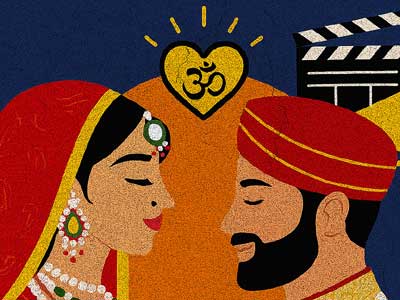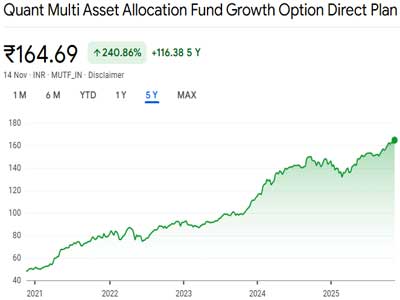Once upon a time—no, not in a fairy tale but in our grandparents’ photo album—marriage in India was an unshakable institution. Wasn't it a union sanctified by family, tradition, and seven solemn vows that supposedly carried you across seven lifetimes?
Fast forward to 2025, and the same vows now often sound like a poor subscription plan: renew it if you must, cancel if you please. The grand Indian wedding, of course, still thrives as a spectacle of lights, hashtags, and debt. Middle-class families continue to spend ₹50 lakhs or more without blinking—okay, they blink, but only after the photographer has taken the 729th drone shot of the baraat. Yet, beneath the shimmer of sequins and choreographed sangeets, marital bonds are fraying faster than you can say ‘band, baaja, baraat’.
Divorce cases have risen by over 350 per cent in India’s metros in the last decade, and family courts are slowly turning into real-life reality shows. Forget saas-bahu serials; the drama outside family courts—complete with public spats, name-calling, and the occasional flying chappal—is infinitely more entertaining.
But what explains this great unravelling? Sociologists point to three villains: economic independence, modern lifestyles, and that omnipresent frenemy—social media. Instagram is the new joint family member—always watching, always judging. While our grandparents compared neighbours’ cows and savings, today’s couples compare vacations in Switzerland, anniversary gifts, and the all-important ‘couple goals’ reel. Forget the pre-wedding shoots in the Kaveri backwaters. Imagine explaining a divorce petition that begins with My partner doesn’t enjoy aesthetic sunsets anymore. Or, my partner loves his gadgets more than I!
Live-in relationships, once whispered about in moral-policing tones, now populate Supreme Court judgments and WhatsApp family groups alike. The top court has recognised them as a legitimate choice under Article 21, but legitimacy hasn’t brought simplicity. The Allahabad High Court recently ruled that dowry harassment laws apply even to live-in couples—meaning the demanding of ‘gifts’ is evolving with the times, even if marriage itself is not.
Romantic independence, it seems, now comes bundled with police verification. Many confused ‘Lolas’ think live-in is akin to a test drive. And yes, women are leading the charge in rewriting this script. Unlike their mothers’ generation, many are willing to walk away from abusive or suffocating marriages. This, depending on which side of the puja mandap you stand, is either the ultimate victory of individual freedom or the first sign of cultural apocalypse. Patriarchs lament, ‘Parivar toot rahe hain’, while young professionals shrug, ‘Yes, but have you tried therapy?’
Ironically, while society clinks glasses to ‘modern love’, it quietly clings to its oldest demon: dowry. NCRB’s latest numbers remind us that India still records nearly 7,000 dowry deaths annually, not to mention lakhs of harassment cases. In an economy where weddings cost as much as flats, one wonders if the marriage market is a bubble begging to burst—or simply the country’s most stable Ponzi scheme.
Meanwhile, Bollywood and OTT series sell us glossy dreams of eternal romance in live-ins, rebellious love marriages, or ‘happily ever after’ endings. The reality, of course, is that many such unions collapse due to economic disparities, family resistance, and, yes, dowry demands. Love may be blind, but society insists on reading the balance sheet.
All this is not to say that India is heading toward cultural ruins. Who knows what we’re witnessing is less a collapse and more a recalibration. Marriage is no longer an obligatory destiny but an option—one of many ways to define companionship, family, and identity. Women choosing divorce, couples living together without wedlock, children born out of such unions recognised by law—all of these signal not decay but evolution.
The real challenge lies not in ending marriages but in reimagining them. Can we move beyond the wedding as a competitive sports event? Can love exist without lavish venues, dowry negotiations, or public approval? Or will we keep dancing at increasingly expensive shaadis, even as the bride and groom secretly Google ‘divorce lawyer near me’?
In the end, the question isn’t whether Indian marriages are dying. The question is whether the institution can adapt to survive. Whether it’s a sacred bond, a social duty, or a Netflix-length experiment, one thing is certain: Indian marriage has never been more entertaining.


















Related Items
Indian roads have become a gateway to hell due to canine, simian nuisance
Redefining Indian Highways; Driving innovation, Delivering connectivity…
India stuck in traffic; Cities halt, Horns holler, and time takes a nap